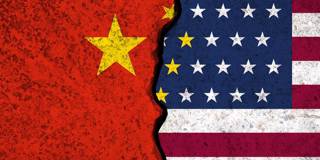To the Brink with China
The chances of a Sino-American cold war are far higher today than they were just months ago. Even worse, the chances of an actual war, resulting from an incident involving the countries’ militaries, are also greater.

The chances of a Sino-American cold war are far higher today than they were just months ago. Even worse, the chances of an actual war, resulting from an incident involving the countries’ militaries, are also greater.
NEW YORK – Observers of US-China relations increasingly talk of a new cold war. On top of a long-running trade war, the two countries now find themselves in a destructive cycle of mutual sanctions, consulate closings, and increasingly bellicose official speeches. Efforts to decouple the US economy from China’s are underway as tensions mount in both the South China Sea and the Taiwan Strait.